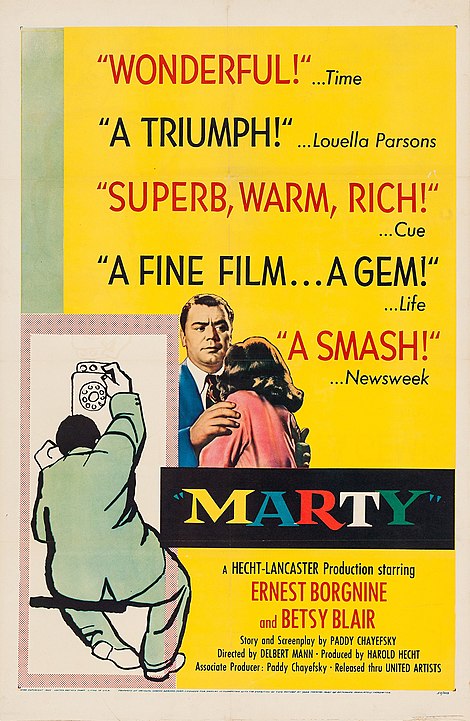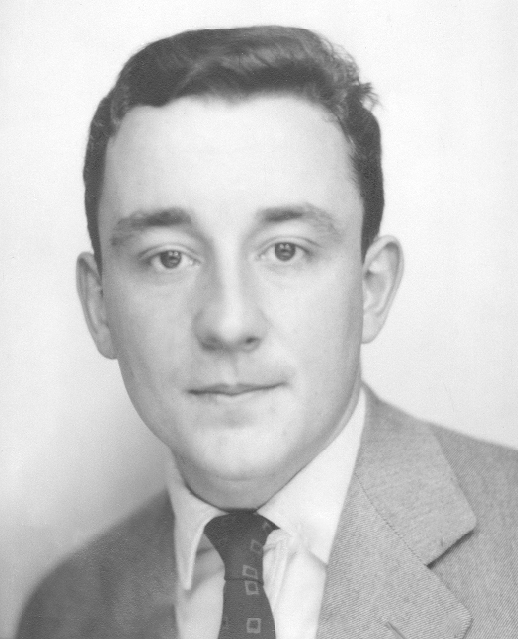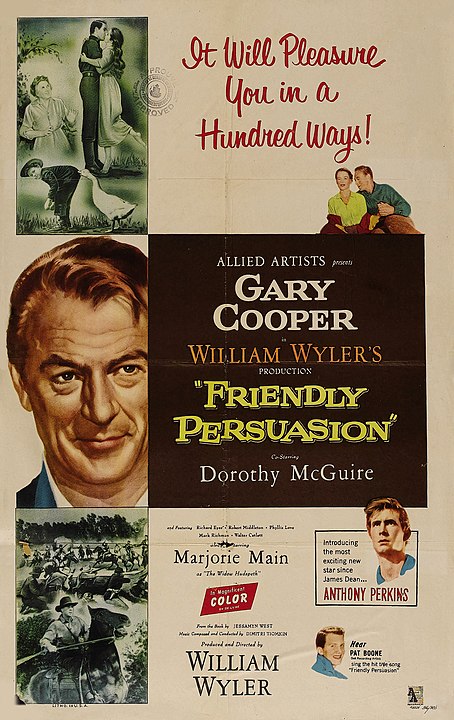You’re about to set off on a cinematic journey back to the 1950s, where the Cannes Film Festival’s Palme d’Or winners set the stage for the future of filmmaking. From ‘Marty’s profound simplicity to ‘The Silent World’s breathtaking underwater vistas, each winner not only captivated audiences but also broke new ground. You’ll explore how ‘Friendly Persuasion’ and ‘The Cranes Are Flying’ tackled themes with grace, and how ‘Black Orpheus’ brought myths to life with unparalleled vibrancy. These films didn’t just win awards; they transformed cinema. Stay tuned to uncover how these pivotal moments continue to inspire filmmakers and audiences alike.
Key Takeaways
- ‘Marty’ (1955) demonstrated the potential of independent filmmaking by winning four Oscars, including Best Picture.
- ‘The Silent World’ (1956), a pioneering underwater documentary by Jacques-Yves Cousteau and Louis Malle, won the Palme d’Or.
- ‘Friendly Persuasion’ (1957) explored themes of pacifism and faith, winning the Palme d’Or for its portrayal of a Quaker family during the Civil War.
- ‘The Cranes Are Flying’ (1958) won for its emotional portrayal of love and separation amidst World War II.
- ‘Black Orpheus’ (1959) fused ancient Greek myth with Rio’s favelas, winning the Palme d’Or for its vibrant storytelling and cultural fusion.
The 1955 Milestone: Marty
In 1955, ‘Marty,’ featuring the extraordinary Ernest Borgnine as a humble butcher, clinched the prestigious Palme d’Or and carved its name in cinematic history. This remarkable film, produced by the visionary Burt Lancaster with a modest budget, showcased the immense talent of relatively unknown actors, proving that star-studded casts weren’t necessary for monumental success. At the Cannes Film Festival, ‘Marty’ stood out not just for its heartwarming narrative but also for its groundbreaking achievement in independent filmmaking.
This film’s journey from a television play to the silver screen is a tribute to the power of storytelling, regardless of the medium. ‘Marty’ didn’t just win the Palme d’Or; it also took home four Oscars, including Best Picture, cementing its status as a cinematic masterpiece. Its success heralded a new era for filmmakers, encouraging them to explore more personal, intimate stories. ‘Marty’ is not just a film; it’s a milestone in the 1950s that demonstrated the vast potential of independent filmmaking and storytelling. Its legacy continues to inspire, proving that with genuine emotion and compelling narratives, any film can achieve greatness.
Underwater Exploration: 1956
Diving into 1956, ‘The Silent World’ emerged as a groundbreaking documentary, revealing the ocean’s mysteries with unprecedented color and clarity. Led by the visionary Jacques-Yves Cousteau and the talented filmmaker Louis Malle, this vibrant exploration beneath the sea’s surface took the world by storm. Aboard the research vessel Calypso, their journey across the Mediterranean was not just a voyage but a breathtaking revelation of the seabed’s wonders.
As the first documentary to win the Palme d’Or, ‘The Silent World’ set a new benchmark in the world of documentary filmmaking. It wasn’t merely the vivid technicolor that captivated audiences worldwide but the film’s ability to showcase the beauty and wonders of the underwater world in a way never seen before. Cousteau and Malle’s pioneering use of innovative underwater color photography illuminated the depths of the ocean, bringing its hidden mysteries right before the eyes of the beholder.
In 1956, ‘The Silent World’ didn’t just win a prestigious award; it opened humanity’s eyes to the boundless wonders beneath the waves, marking a monumental moment in seabed exploration and documentary cinema.
A Peaceful Persuasion: 1957
After exploring the underwater wonders with ‘The Silent World’, let’s now turn our attention to the compelling drama of ‘Friendly Persuasion’, the 1957 Palme d’Or winner at the Cannes Film Festival. This gripping film delves into the life of a Quaker family in Indiana during the Civil War, showcasing their steadfast commitment to pacifism amidst the turmoil of war. Starring the legendary Gary Cooper and the talented Dorothy McGuire, ‘Friendly Persuasion’ brings to life the internal and external conflicts faced by those who choose peace in times of conflict.
The film, celebrated for its heartfelt storytelling and powerful performances, also features Anthony Perkins in a standout role before his iconic turn in ‘Psycho’. Through its nuanced exploration of faith, family, and the harsh realities of war, ‘Friendly Persuasion’ resonates as a moving tale of resilience and conviction. It’s no wonder it clinched the prestigious Palme d’Or, marking a significant moment in the Cannes Film Festival’s history. As you journey through the 1950s Palme d’Or winners, ‘Friendly Persuasion’ stands out as a demonstration of the power of peaceful resistance and the indomitable human spirit.
Soaring Cranes: 1958
Let’s explore ‘The Cranes Are Flying’, the 1958 Palme d’Or winner that captures a touching love story amidst the chaos of World War II. This masterpiece, directed by Mikhal Kalatozov, stands as a beacon of artistic exploration, breaking away from the typical Soviet propaganda cinema. It’s not just a film; it’s a vivid portrayal of love, loss, and hope.
Consider the emotional impact of this cinematic gem:
- Heart-Wrenching Separation: The film masterfully portrays the pain of lovers torn apart by war, evoking deep empathy and connection.
- Enduring Love: Amidst despair, the unwavering love of the protagonists shines through, offering viewers a sense of hope.
- Artistic Exploration: Kalatozov’s unique storytelling approach, influenced by various filmmaking styles, adds an unparalleled depth to the narrative.
‘The Cranes Are Flying’ is more than a 1958 Palme d’Or winner. It’s a tribute to the power of love and resilience during the darkest times of World War II. Its critical acclaim and emotional impact continue to resonate, making it a timeless piece that transcends the era of its creation.
Orpheus’ Vibrant Journey: 1959
In 1959, Marcel Camus’ ‘Black Orpheus’ brought the ancient Greek myth to life amidst the vibrant backdrop of Rio’s favelas, enchanting audiences with a fusion of tragic love and intoxicating bossa nova rhythms. This visually striking film not only captured the essence of the Rio carnival but also reimagined the timeless love story with a unique cultural twist. Directed by Marcel Camus and adapted from Vinicius de Moraes’ musical, ‘Black Orpheus’ presented a colorful and lively Rio de Janeiro, where love and separation danced to the tune of a bossa nova soundtrack.
Earning the Palme d’Or, ‘Black Orpheus’ stood out for its artistic blend of myth, music, and Brazilian culture, securing its place in the hearts of viewers and critics alike. Its acclaim was not just for the visual and emotional impact but also for how it seamlessly wove together the elements of a Greek myth with the everyday vibrancy of Rio’s streets. Marcel Camus’ masterpiece remains a demonstration to the power of storytelling, proving that love stories, when told with passion and creativity, transcend time and place.
Frequently Asked Questions
Who Won the Palme D or at Cannes?
In the 1950s, films like ‘Marty’ and ‘The Cranes Are Flying’ took home the prize, showcasing stories from a butcher’s love life to a poignant wartime romance.
What Movies Won Both the Best Picture and the Palme D Or?
You’re probably curious about movies that snagged both the Best Picture Oscar and the Palme d’Or. ‘Marty’ stands out in this rare achievement, enchanting audiences and critics alike with its heartwarming, underdog story.
Who Has Won the Palme D or Twice?
You’d be intrigued to know that directors like Francis Ford Coppola and Michael Haneke have clinched the Palme d’Or twice, showcasing their remarkable talents in filmmaking and their significant impact on the cinematic world.
Who Won the 1959 Palme D Or?
Marcel Camus clinched it with “Black Orpheus,” a film that beautifully reimagined a Greek myth in Rio’s vibrant favelas, accompanied by a bossa nova beat.
Conclusion
As you’ve journeyed through the 1950s Cannes Palme d’Or winners, you’ve witnessed the dawn of an era marked by innovation and diversity in cinema. From ‘Marty’s’ heartfelt storytelling to ‘The Silent World’s’ breathtaking visuals, each film broke new ground. ‘Friendly Persuasion’ and ‘The Cranes Are Flying’ explored deep themes with grace, while ‘Black Orpheus’ dazzled with its cultural richness. These masterpieces not only shaped the film landscape but also inspired generations of filmmakers to dream big and push boundaries.




